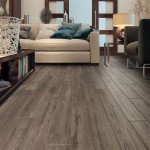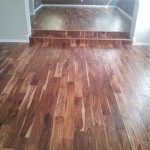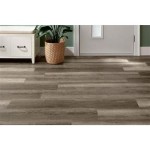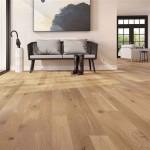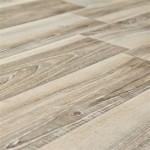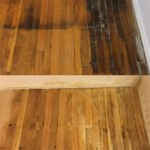Bamboo Hardwood Flooring Janka Rating: Understanding the Essentials
When selecting bamboo hardwood flooring, the Janka rating is a crucial factor to consider. This numerical value measures the hardness and durability of the flooring material, influencing its ability to withstand wear and damage. Understanding the Janka rating can help you make an informed decision that aligns with your flooring needs and expectations.
What is the Janka Rating?
The Janka rating, also known as the Janka Hardness Test, is an industry-standard measure of the resistance of a wood species to denting and deformation. It is determined by measuring the force required to embed a 0.444-inch steel ball to half its diameter into the wood's surface. The higher the Janka rating, the harder and more resistant the flooring is.
How is the Janka Rating Used?
The Janka rating is commonly used as a comparative tool to assess the hardness of different flooring materials. It provides a general indication of how well the flooring will withstand wear and tear from foot traffic, furniture movement, and other sources of impact. Higher Janka ratings are typically associated with more durable flooring that is less susceptible to dents and scratches.
Janka Rating of Bamboo Flooring
Bamboo flooring generally has a higher Janka rating than traditional hardwood species such as oak and maple. This is because bamboo is a dense and fibrous material that is naturally resistant to wear and tear. However, the Janka rating of bamboo flooring can vary depending on the species, manufacturing process, and strand orientation of the planks.
Strand-woven bamboo flooring, which is made from highly compressed and oriented bamboo strands, typically has the highest Janka rating among bamboo flooring options. It can achieve ratings of over 5000, making it comparable to the hardest exotic hardwoods.
Choosing the Right Janka Rating
The appropriate Janka rating for your bamboo hardwood flooring depends on your lifestyle and the intended use of the space. If you have a high-traffic area or anticipate heavy use, a higher Janka rating will provide better resistance to wear and damage. For areas with less traffic, a lower Janka rating may suffice.
Consult with a flooring professional to determine the optimal Janka rating for your needs. They can assess your specific requirements and recommend the best bamboo flooring options with the appropriate hardness level.

4 Reasons To Choose Bamboo Flooring Tesoro Woods

Finished Bamboo Hardness Chart Oriental

Janka Hardness Scale Rhodes Hardwood Flooring

Janka Hardness Rating How Durable Is Timber Flooring

Janka Hardness Chart Brisbane Floors Bamboo Flooring

Janka Wood Flooring Hardness Chart

Timber Wear Tear And Hardness Including Janka Ratings Planet Timbers

Wood Flooring Hardness Sullivan Hardwood Llc

What Is The Janka Wood Hardness Scale Family Handyman

How The Janka Hardness Scale Can Help You Choose Your Flooring Affordable Companies Wood Hardwood
Related Posts

